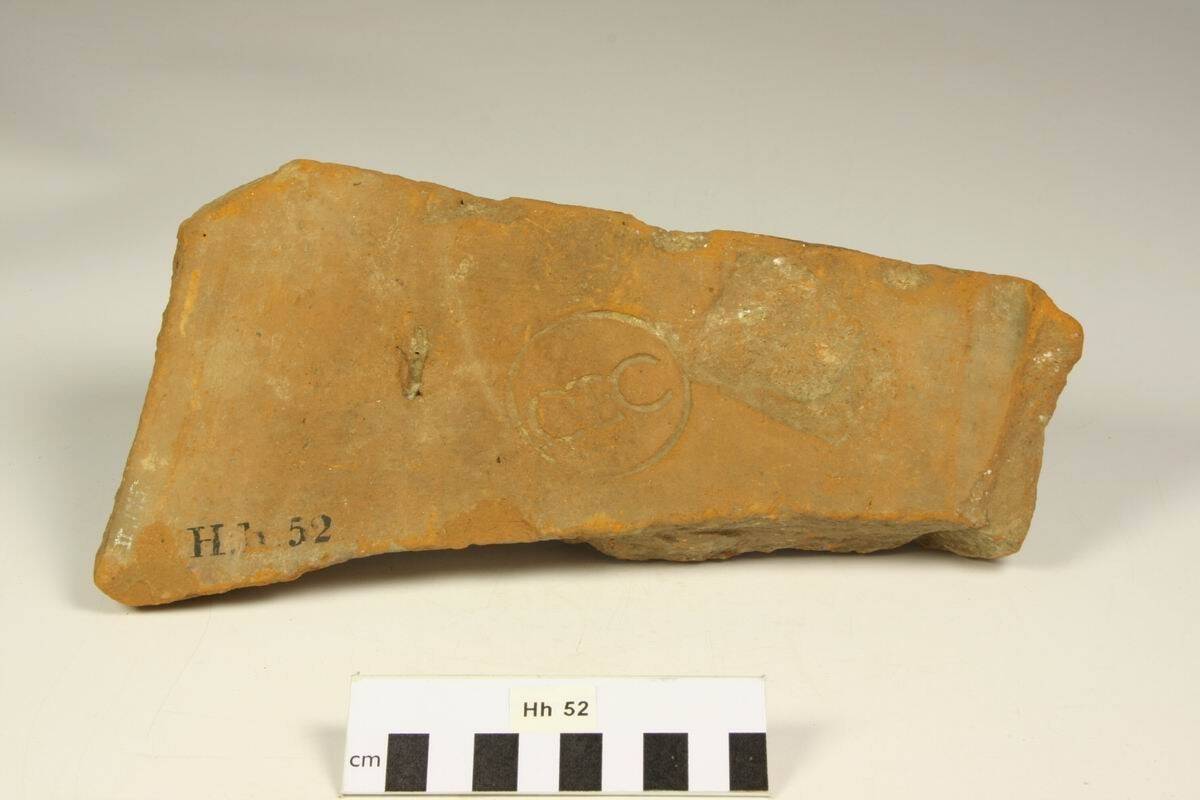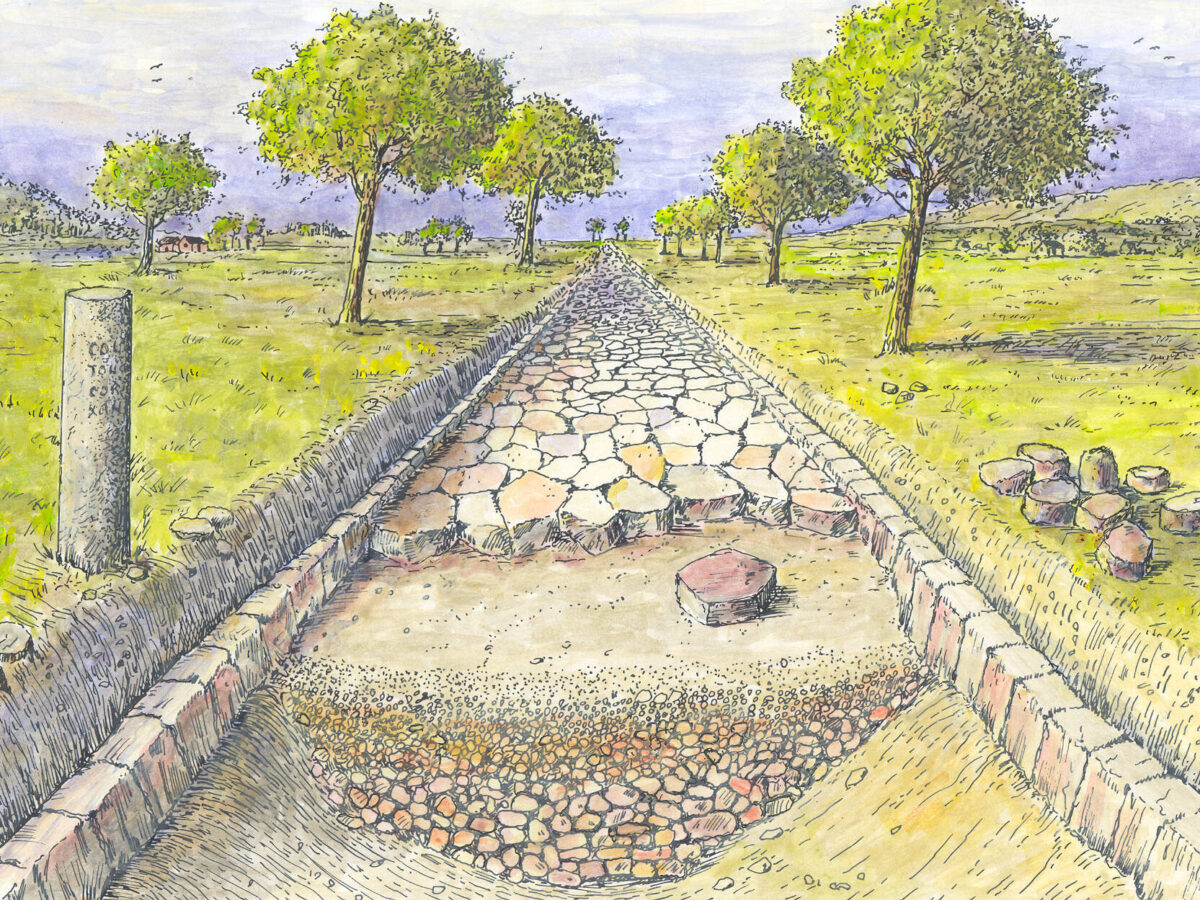Golf on the grass, with Roman history beneath
Author: Harry Lindelauf
Photography: RMO, Harry Lindelauf
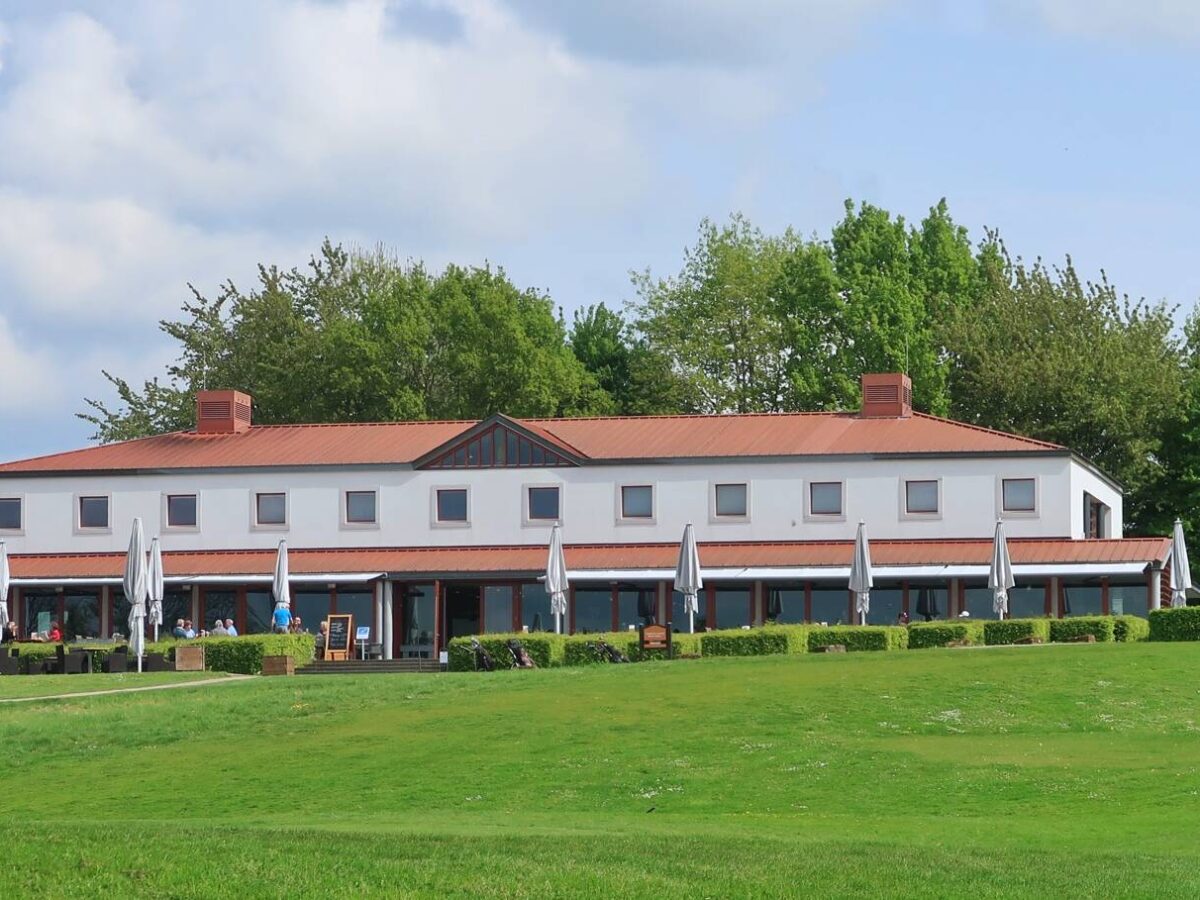
From Saturday, June 21, a new exhibition at De Vondst in Heerlen tells the story of the Roman villae rusticae in Limburg. These farm estates have undisputed highlights in Maasbracht, Voerendaal, Kerkrade, and Meerssen. Today, we spotlight a lesser-known highlight: Villa Backerbosch in Cadier en Keer.
Photo: Architect Manuel Op ‘t Root designed the buildings of the golf complex using features of a Roman estate farm. He also adopted the colors: white facades and red roofs.
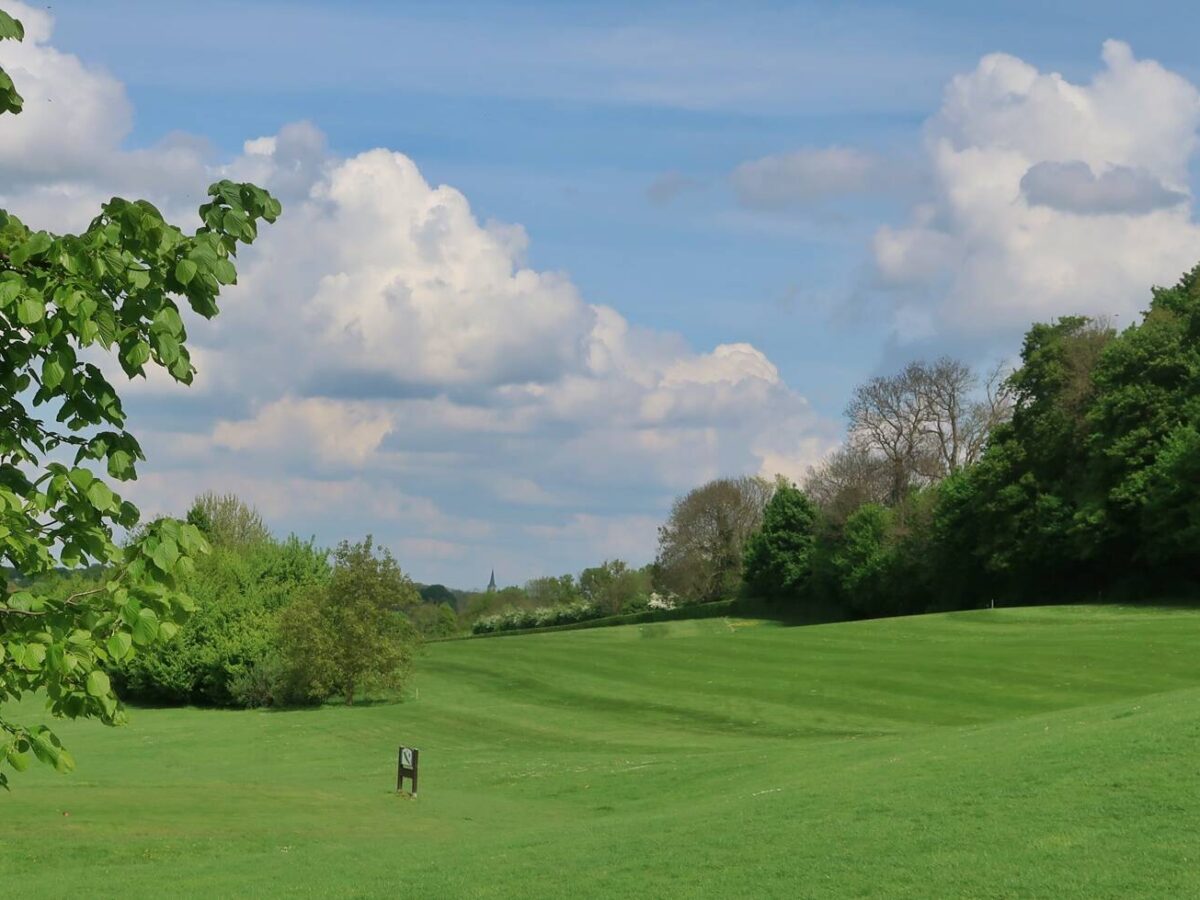
The sun literally shines on the golf course Het Rijk van Margraten. The name is slightly misleading, as the 18-hole course actually lies in Cadier en Keer, on the southern slope of the Meuse valley. That Villa Backerbosch is not widely known is clear among the golfers, even though holes 2 and 7 lie directly on top of it. “Caves, like in Bemelen?” is the reply of the course marshal when asked what lies beneath the neatly kept grass. The receptionist eventually gives the right answer.
Photo: Holes 2 and 7 sit directly above the remains of the Roman villa.
Only one information panel and the special architecture of the clubhouse, directly and indirectly, refer to the Roman heritage. That heritage consists of the remains of four buildings, a water well, and many finds: metal tools, a bronze goblet, an amphora, and an enormous quantity of roof tile fragments and painted plaster.
Photo: Coins of emperors Vespasian, Domitian, Trajan, Antoninus Pius, Marcus Aurelius, Geta, and Lucius Septimius Severus have been found on the site (example photo).
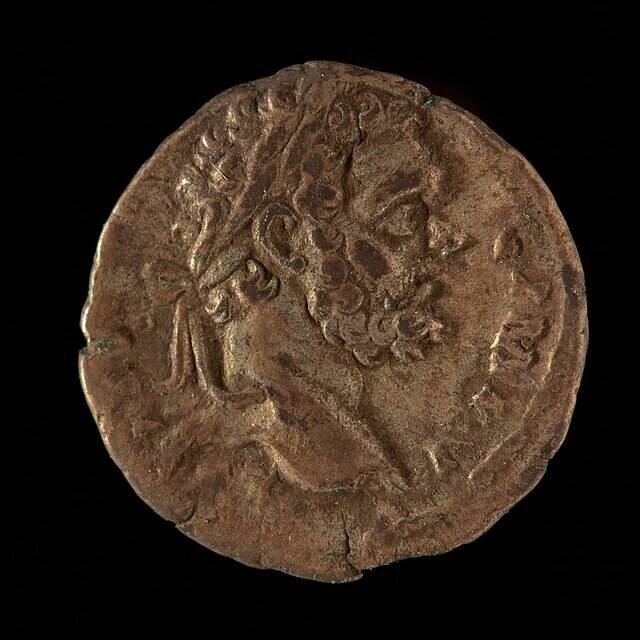
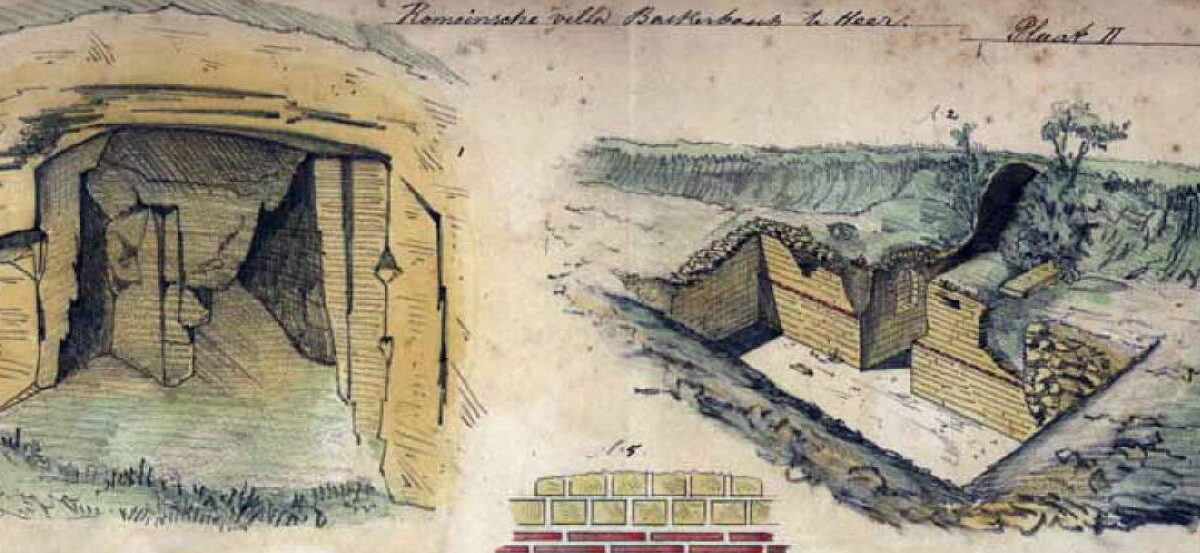
“Pannestuk”
The well-known priest and later national archivist Jos Habets crossed the Meuse valley from his parish in Maastricht-Wolder in 1879 and 1880. He had heard of the countless roof tile fragments the farmers were finding—so many that one of the fields on the slope was named “Pannestuk” (“Tile Field”). Digging and probing the soil, Habets uncovered the remains of a Roman villa. It entered the books as Villa Berg-Backerbosch, named after the hamlet and the terrain. Habets uncovered traces of three buildings: the main building and two outbuildings, which he called Backerbosch, Doemensgraaf, and Pannestuk.
Photo: Jos Habets carefully drew his discoveries.
Abrupt end
The Roman farmstead covered at least 2.5 hectares. The first construction dates to around AD 90–120. The complex was gradually expanded until, between AD 250 and 300, Roman fortune came to an abrupt end. All the buildings showed traces of fire. The most likely cause: raids by Frankish warriors.
The main building, with a frontage of 82.7 meters, offered about 900 m² of floor space and was thus comparable in size to Villa Ten Hove in Voerendaal. Like Ten Hove, Backerbosch also offered its residents a bathhouse with a heated pool.
Photo: Among the Backerbosch finds are many tools such as chisels, axes, and sickles.
Foto: Onder de Backerbosch-vondsten veel gereedschap zoals beitels, bijlen en sikkels.
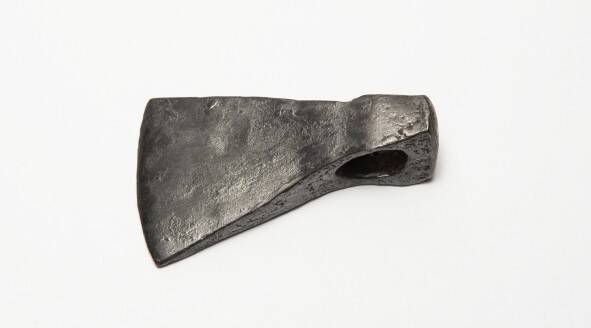
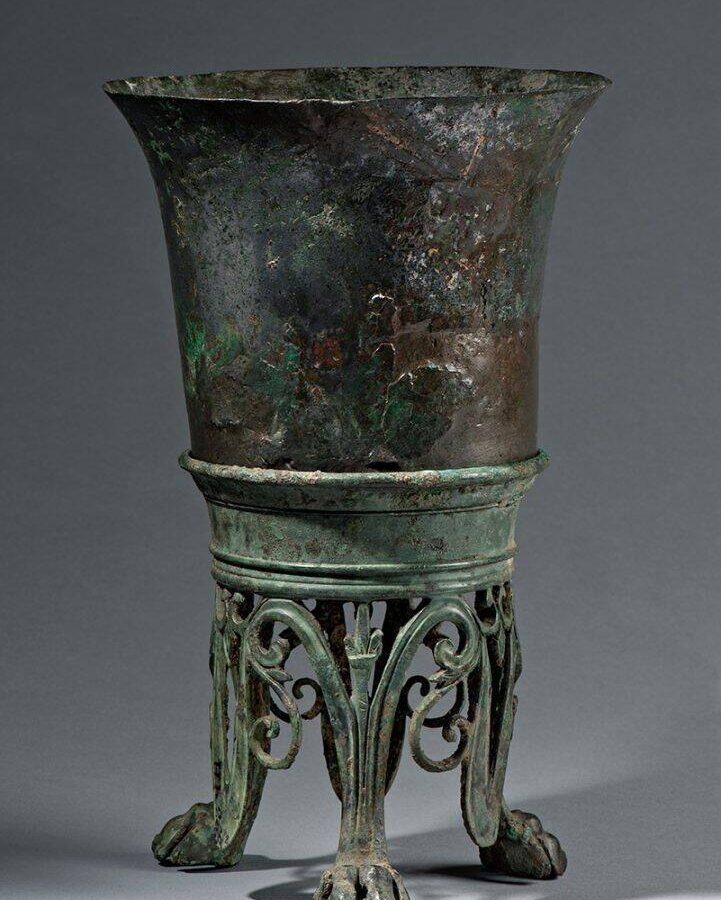
Amphora in the cellar
Doemensgraaf was also large (20 x 9 m), but not as large as “Pannestuk.” That building, measuring 34 x 15 m, formed a complete side wing with living quarters, cattle stables, a granary, and a baking oven.
Further investigation revealed a fourth building and a cellar measuring 12 by 3.45 m. At the time of Habets’ excavation, the cellar walls still stood to a height of 1.79 m. In the cellar, Habets found an intact amphora and a bronze goblet with a base. The priest-archaeologist recorded his finds in detailed drawings, now preserved in the archives of the National Museum of Antiquities in Leiden.
Photo: Showpiece – a bronze goblet with a separate base.
A measuring error of 100 meters
When plans for the golf course arose, new investigations were carried out in 2000 and 2001, as the site had been a protected national monument since 1973. Trenches were dug to determine the precise location of the Roman remains. This was necessary because Habets had made an error, creating a measurement discrepancy of exactly 100 meters. Nevertheless, the cellar he discovered was found again. Afterwards, all trenches were filled in and the golf course was constructed. The Roman remains lie just beneath the surface, but apparently so well hidden that no golfer at Backerbosch knows what lies beneath their feet.
Photo: One of many roof tile fragments. This one bears a stamp with the letters CEC.
